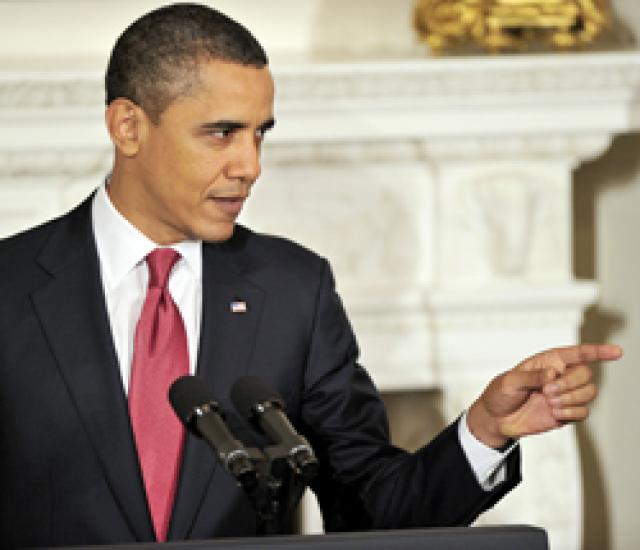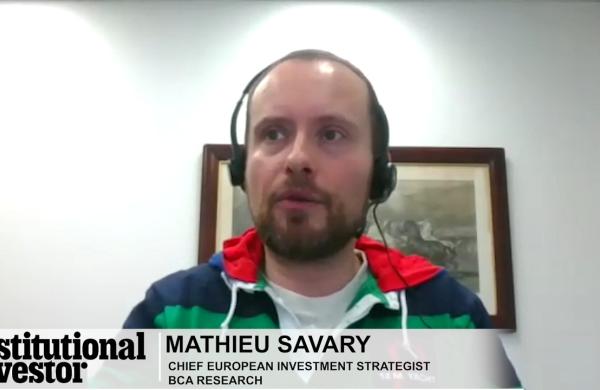The Obama administration is taking a third shot at making its favorite new retirement plan design — the Automatic IRA — a reality.
President Obama included Auto IRAs in the fiscal 2012 budget he proposed in February, and expect to see legislation introduced in both the Senate and House with details, says David John, a senior research fellow at The Heritage Foundation who co-developed the concept in a 2006 draft paper as part of The Retirement Security Project.
The proposal requires employers that do not sponsor retirement plans to automatically enroll full-time employees in IRA accounts and defer 3 percent of an employee’s salary to that account; employers would not have to contribute, and it does not include automatic contribution escalation. Initially the mandate would apply to employers with 100 or more workers, John says, and would phase that down over three or four years to employers with 10 or more workers.
The Auto IRA aims for simplicity for both employers and employees, John says, so it would have just three types of investment options: a stable value or government bond account; target-date funds as the default investment for people who do not choose a specific investment; and a balanced fund or slightly more aggressive target-date fund series. Private-sector providers would administer the Auto IRA accounts, he says.
Asked why the legislation did not pass previously, John says, “Unfortunately, some of the rancor and definitions of the health care debate slipped into the Auto IRA discussion, even though the two situations are different.” With Automatic IRAs, he says, “there is no individual mandate: An individual has the ability to say at any time, ‘No, I do not want to participate.’” Some also question imposing more work on small employers.
For those without existing plans, “despite the fact that it is described as utterly painless, there clearly would be a fairly voluminous set of regs on how to deliver it,” says Edward Ferrigno, vice president, Washington affairs at the Profit Sharing/401(k) Council of America. Employers initially would have to get involved in a simplified provider-selection process, set up a payroll deduction for the employee contributions, and communicate to workers about the automatic enrollment, John says, then forward ongoing contributions to the provider.
Employers that already sponsor a retirement plan likely will not drop it for Auto IRAs, Ferrigno says, since people can only put up to $5,000 annually in an IRA. That low limit “would be a big hit for business owners and senior executives” used to 401(k)s’ larger contribution thresholds, he says. “We do not think it would cannibalize existing plans,” he adds.
John thinks Auto IRAs have a real chance at getting Congress’ blessing this year. “With every passing day we distance ourselves from the health care debate, and we can focus on Auto IRA as a stand-alone concept,” he says. Social Security will only cover about half of a typical worker’s expenses in retirement, he says, and only about half of American workers have access to an employer-sponsored retirement-savings plan. Either a much wider retirement-savings plan has to be implemented or ultimately this country “will have an irresistible pressure for some additional government support, which would have to be paid for by taxes,” he says.
But Auto IRA legislation has little chance of passage in 2011, Ferrigno thinks. “It is not popular with the Republican leadership of the House, and it is also not popular with a lot of Democrats,” he says. Many Republican do not like the new mandate for small business, he says, and some Democrats feel wary about the private sector’s involvement in running Auto IRAs. “We do not see it as politically viable at this time,” he says.






